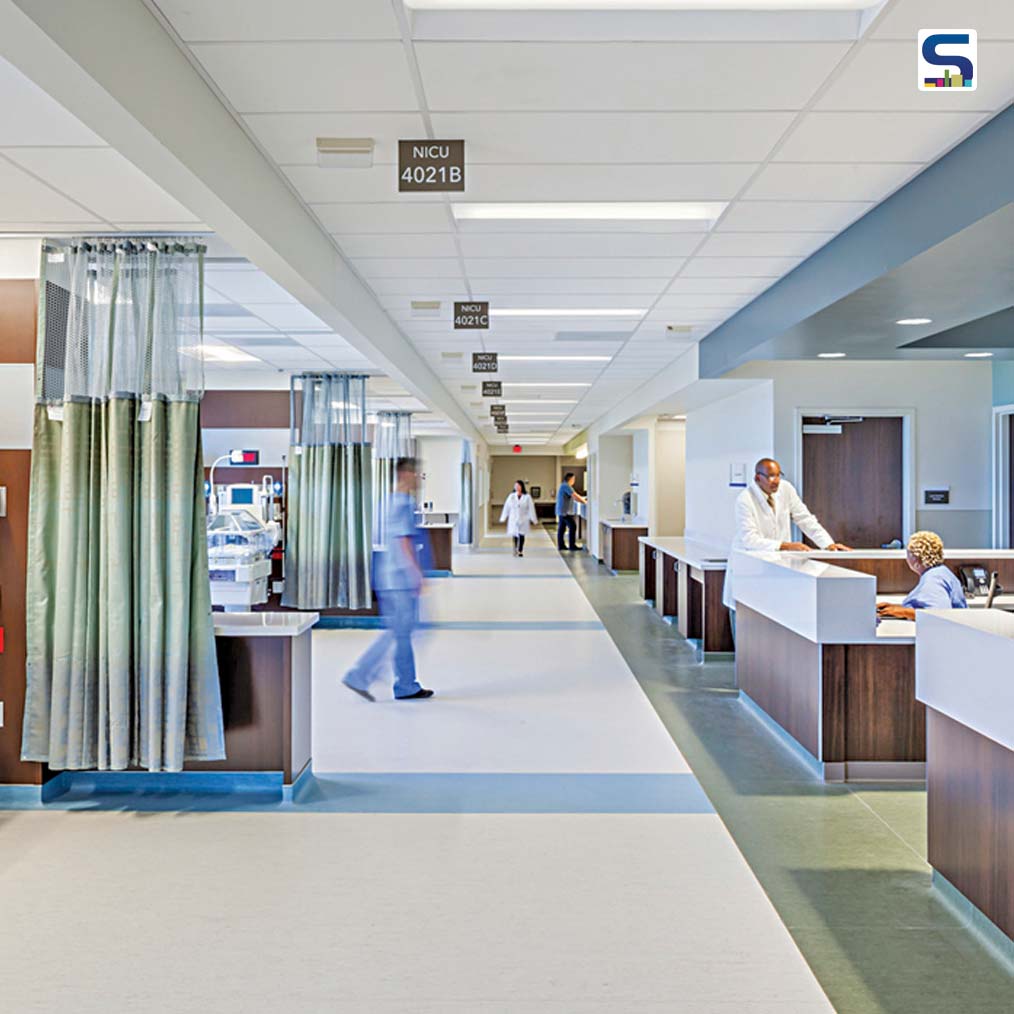
The huge impact of COVID-19 pandemic has shaken the healthcare system worldwide, indicating the onset of visible and irrevocable changes to come. Despite the government’s support, public as well as private hospitals fought an uphill battle against this life-threatening coronavirus, while also facing the shortage of sufficient space and resources to treat COVID-19 patients. This pandemic has revealed how fragile our health system is, forcing strategy leaders to find solutions for the new needs & challenges, and way-outs post-COVID-19.
Also Read: 10 Pandemic driven design trends that are likely to stay | SURFACES REPORTER Exclusive
The wave of the COVID-19 pandemic has already exerted a massive impact on the entire world. As of 4 Jan 2021, the overall number of global coronavirus cases has surpassed the 83 million mark, while the deaths have increased to over 1,839,660, the WHO revealed in its last update. Also, the number of confirmed cases in India were 10,340,469, which is world’s second largest caseload while the United States of America accounted for the world’s highest number of corona confirmed cases and deaths at 20,258,725 and 347,555 respectively, according to the WHO.
As the new pandemic- Coronavirus- has exposed the flaws in our healthcare system, there is a need for comprehensive changes across our economy, which will certainly influence the way we plan, design, build and renovate our healthcare.
Vertica Dvivedi, Editor-in-Chief, Surfaces Reporter Magazine (SR) had a conversation with some of India’s top-notch architects, designers and management leaders of renowned healthcare facilities about the transfromation in material and design we can expect during and post-COVID-19 and what are the new opportunities in the healthcare sector for them.
But before jumping into the main conversation, take a quick look at the impact of COVID pandemic in the healthcare infrastructure worldwide and what quick innovative designs architects and designers are suggesting for battling COVID-19 and its consequences.
The healthcare infrastructure across the world was being overwhelmed because of the sudden surge of COVID-19 patients. Not only in India, but hospitals across the countries faced the lack of space and resources to treat patients, with severe symptoms. It was not the first time but throughout history, such outbreaks of disease have enforced innovations in the architecture and design, for instance, the cholera epidemic in the 1800s, which demanded the construction of new sanitation systems along with new zoning laws to avoid overcrowding.
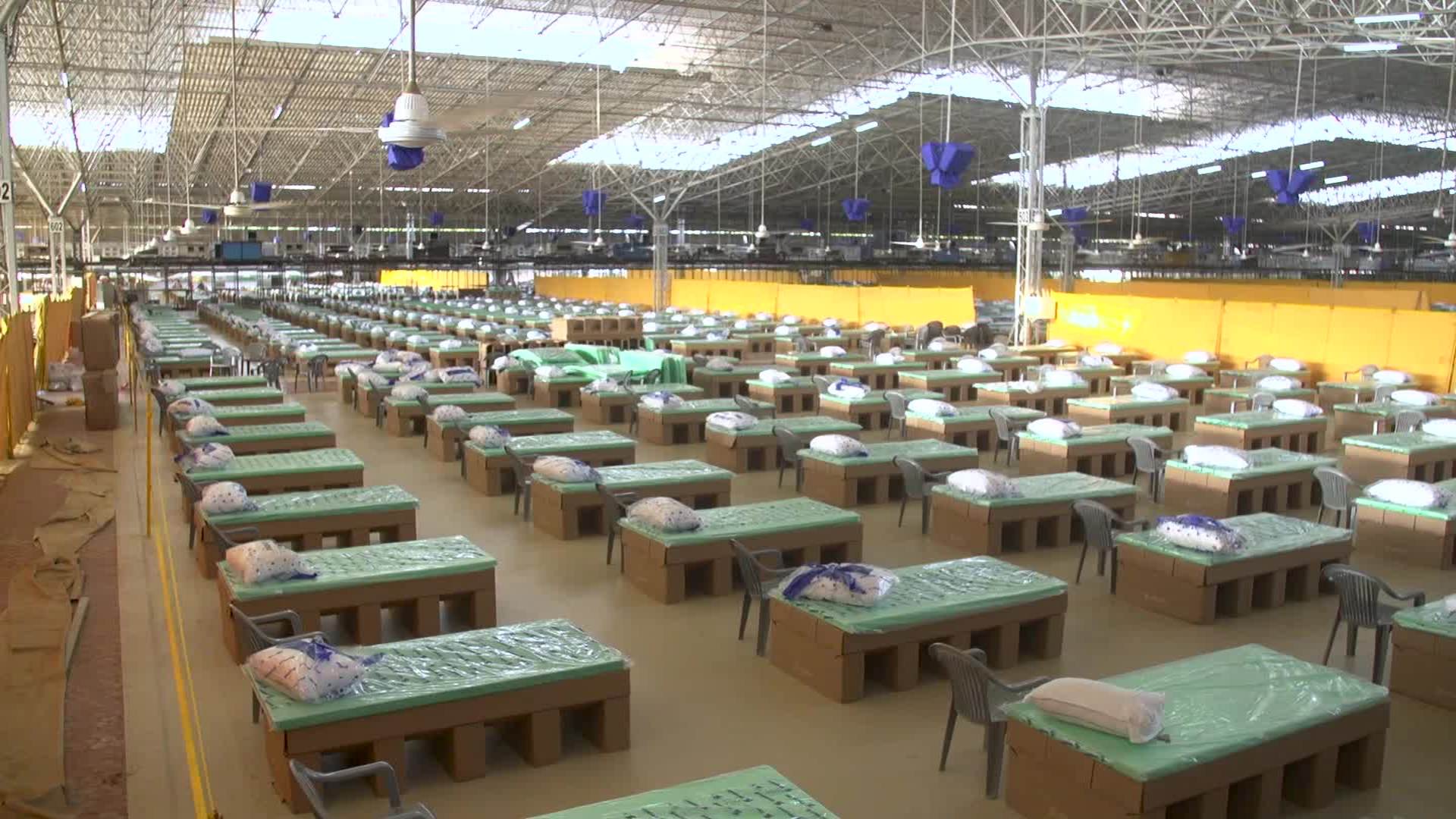 World's largest 10,000-bed Sardar Patel's COVID Care Centre and Hospital (SPCCCH) in Chhatarpur, Delhi | Image Courtesy: cnn.com
World's largest 10,000-bed Sardar Patel's COVID Care Centre and Hospital (SPCCCH) in Chhatarpur, Delhi | Image Courtesy: cnn.com
As the new pandemic COVID-19 had laid bare our unpreparedness in terms of healthcare infrastructure, it became imperative for us to relook at the way we design our healthcare facility so that it can easily adapt itself to such future occurrences. Or what modifications in the existing buildings are required?
Impact of COVID-19 on Healthcare Infrastructure
The COVID-19 pandemic will be a milestone in human history, with everything being sectioned into two eras: Before COVID-19 and After COVID-19. And there is no doubt that we will see a massive change in the healthcare facilities post COVID. According to the researchers at Royal College of Physicians, and chair of the Future Hospital Commission Infrastructure Workstream, the aims and objectives of Future Hospital project will revolve around multiple infrastructure systems, processes and personnel arrangements. Healthcare that ensures cost reduction, efficiency, sustainability, a reduced carbon footprint and primarily improves patient care will be the foundation of this new approach.
However, the trend of future healthcare transformation was already set at ground zero of the SARS-nCoV infection when China reportedly set up a 1,000-bed hospital with prefab building in 10 days and topped it with a second one in six days. On the lines of Wuhan China, the authorities in Mumbai built a 1000-bed makeshift mega-hospital in Bandra-Kurla Complex.
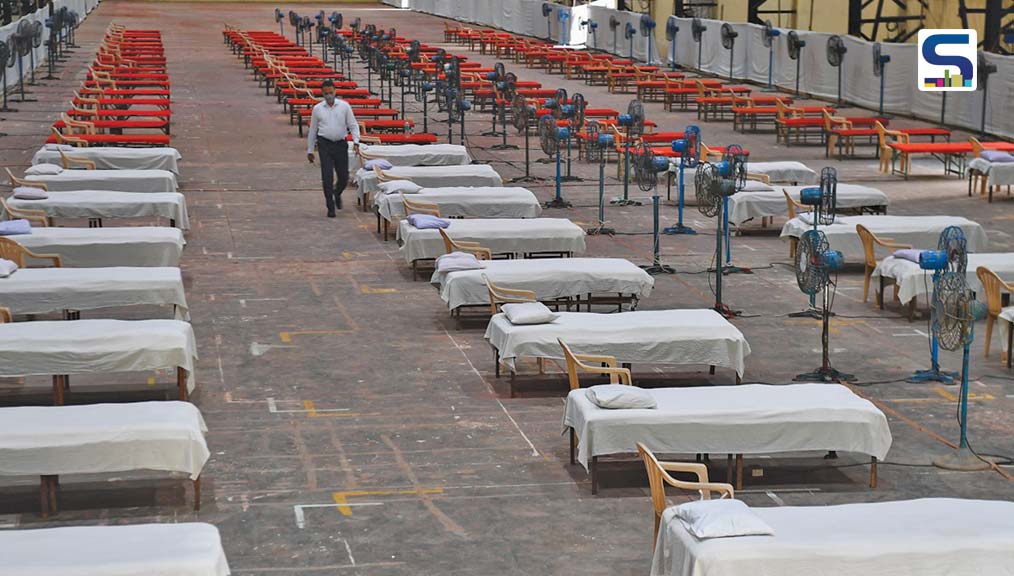 Wuhan Type Mumbai Hospital | Credit- AFP
Wuhan Type Mumbai Hospital | Credit- AFP
And a portable digital clinic- Glocal Healthcare’s Hellolyf CX won the Public Appreciation Award for its innovative and safe health services even during the pandemic. That clinic offers 24 hours virtual OPD, which means a doctor can see the patient remotely on video, examine through the IoT and the person can get the result of any test within 15 minutes by using the Point of Care diagnostics. Besides, there is also a machine which dispenses the medicines automatically.
Even the Indian Railways took a first-of-its-kind step in the world to transform old train coaches into COVID-19 care centers. They decided to use non-AC coaches for the isolation purpose as health offices were of the view that AC environments might increase the spread of the virus.
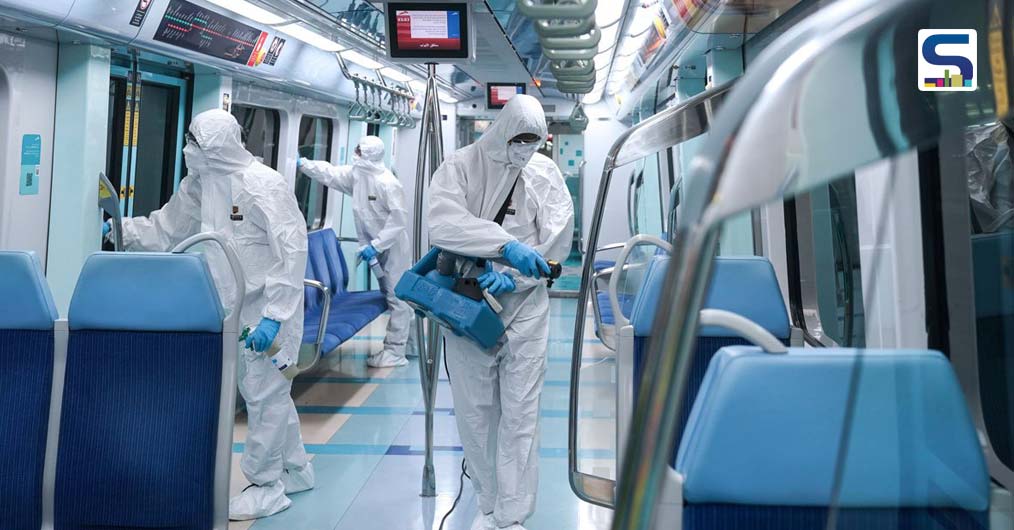 Train into isolation centers
Train into isolation centers
The center deployed 960 Covid isolation coaches across five states - Delhi, Uttar Pradesh, Telangana, Andhra Pradesh and Madhya Pradesh. Out of the total 960 coaches, 503 Covid Care coaches were deployed in Delhi alone, 60 in Telangana, 372 in Uttar Pradesh 20 in Andhra Pradesh, and 5 in Madhya Pradesh.
Also Read: When legends meet! BV Doshi India & Alvaro Siza Portugal
Architects incorporated different and innovative ways in designing their building. Where California-based Katerra used lego-concept, Akshat Bhatt, Principal Architect, Architecture Discipline opted for recylcing sea containers into community medical centres or clinics . Take a glance.
Lego- The Latest Architectural Concept
California-based Katerra used Lego philosophy as a part of their ‘sustainable designs’ and ‘DfMA design’ for manufacturing and assembly. Najeeb Khan of Katerra India said, “If you have seen complex Lego models or built one, you will notice that many of the pieces are standard but can be used to create different structures. The process of DfMA follows the same philosophy. Designing using this process allows large scale complex projects to be factory manufactured faster and better.”
He further explained that the firm had already applied the same philosophy in two projects: Meitra Hospital, Kozhikode and Kovai Medical Center and Hospital (KMCH), Coimbatore. Both projects were fully factory automated, constructed and assembled on site.
 Kovai Medical Center and Hospital (KMCH), Coimbatore
Kovai Medical Center and Hospital (KMCH), Coimbatore
Katerra also built a 400-bed quarantine hospital in just 2 weeks, similar to projects that had been designed in China and other European countries. Khan also revealed that they are also building a new medical centre for GKNM Hospital, Coimbatore, Tamil Nadu, for the treatment of women and children.
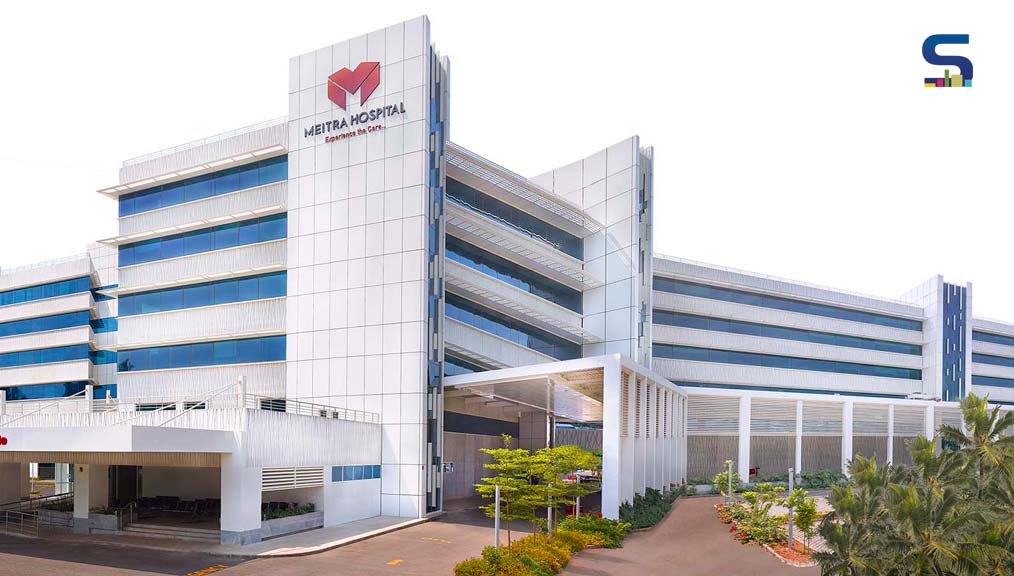 Meitra Hospital, Kozhikode
Meitra Hospital, Kozhikode
The benefit of the offsite manufacturing model is that every aspect can be controlled, so there was no outbreak on site and the construction work continued without any interruption during the pandemic. All buildings constructed by Katerra come with an 80-year build warranty. Also, each building by Katerra requires low to minimum maintenance.
Recycled Sea Containers Into Community Medical Centres
To improve the existing medical facilities, Akshat Bhatt, Principal Architect, Architecture Discipline suggested converting sea containers into community medical centres or clinics with all essential and updated medical technology.
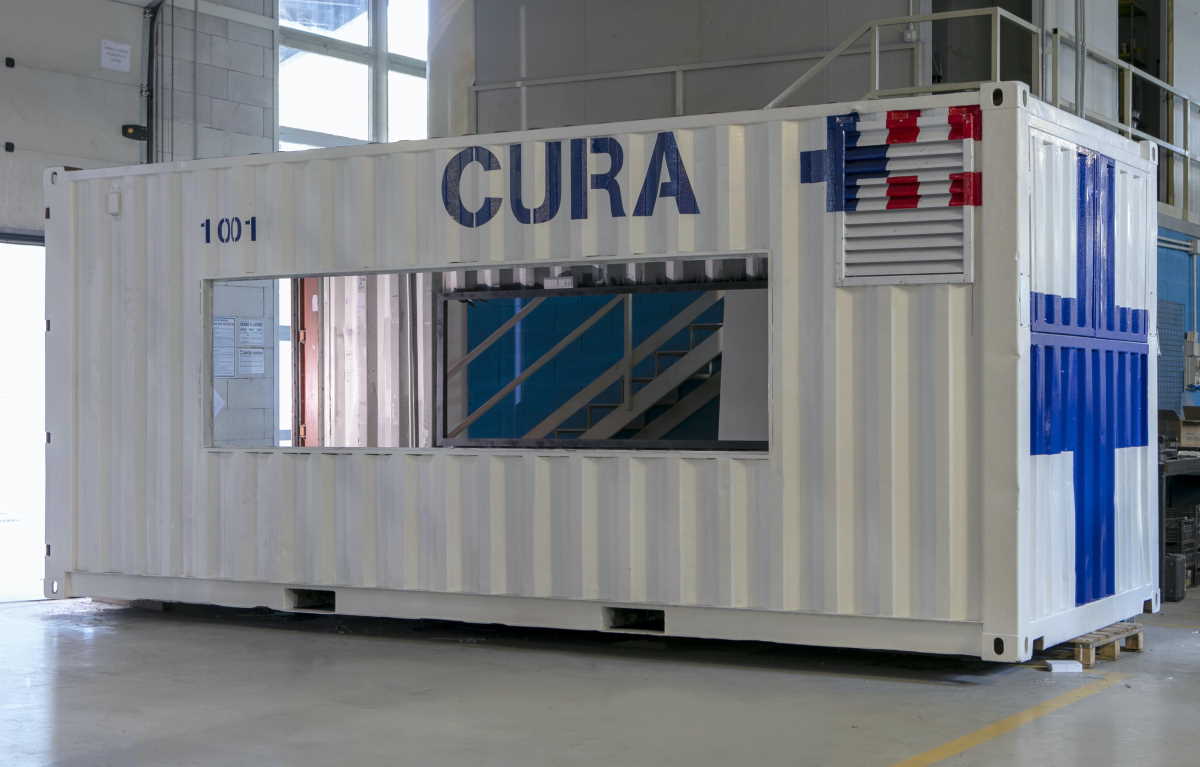
He also suggested recycling sea containers into community medical centres after refurbishing them with the necessary medical technology.
So, these were the impacts of COVID-19 happened in the country and worldwide. In the next section, we, at SURFACES REPORTER (SR), will analyse about the changes we can expect in the healthcare insfrastructure design, in terms of material and products.
*This article was published in Nov-Dec 2020 Issue of Surfaces Reporter Magazine. However, some data and facts related to COVID have been updated.
Keep reading SURFACES REPORTER for more such articles and stories.
Join us in SOCIAL MEDIA to stay updated
SR FACEBOOK | SR LINKEDIN | SR INSTAGRAM | SR YOUTUBE
Further, Subscribe to our magazine | Sign Up for the FREE Surfaces Reporter Magazine Newsletter
Also, check out Surfaces Reporter’s encouraging, exciting and educational WEBINARS here.
* As the article was large enough to be published as a single post, it has been divided into different sections.
Read Remaining Parts of This Article Here:
Part 1: How COVID 19 is Causing A Major Shift in Healthcare and Hospital Design?
Part 2: How to Build Better for Future Epidemics- Transformation in Material and Design
Part 3: How Equipped Is India’s Healthcare System To COVID-19 and Future Pandemics?
Also Read: Why is it Vital to Upgrade HVAC System?
and more...